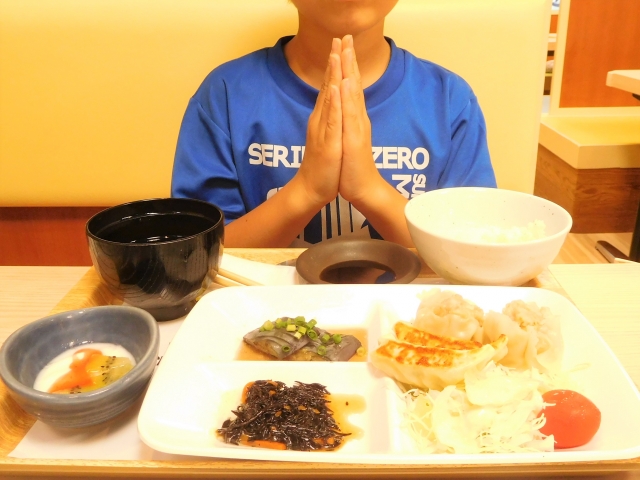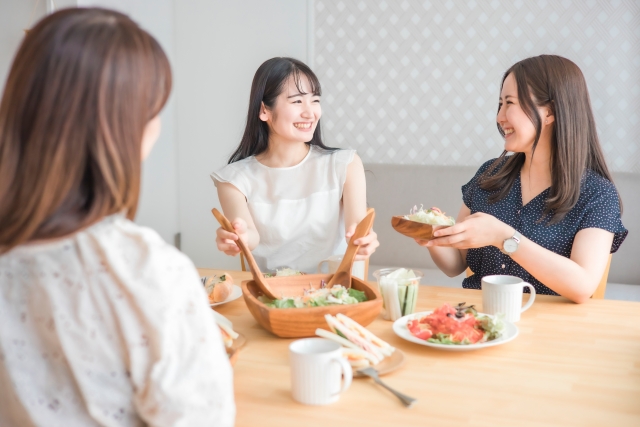While Japan maintains strict dining etiquette, they are also kind and understanding towards foreigners.
By learning just a few basic rules, you can enhance your dining experience in the Land of the Rising Sun.
This guide will take you through the essentials of Japanese dining etiquette and how to enjoy popular dishes like sushi and ramen with finesse.
Understanding the Basics of Japanese Dining Etiquette
Embracing Japanese dining etiquette adds an extra layer of enjoyment to your meal. It not only shows your respect for the food and the people who prepared it but also gives you a taste of the country’s rich traditions.
The Dos and Don’ts

Here are some fundamental dos and don’ts to remember when dining in Japan:
| Dos | Don’ts |
|---|---|
| Before starting your meal, say “Itadakimasu“, which means “I humbly receive.” | Avoid sticking your chopsticks upright in your rice bowl, as it resembles a ritual for the dead. |
| When not using your chopsticks, place them on the chopstick rest. | Refrain from passing food from one pair of chopsticks to another. This is another gesture associated with funerary rites. |
| Try to finish every bit of your meal to show your appreciation for the food. | Avoid pouring soy sauce directly onto your rice. Instead, pour it into a separate dish if provided. |
Specific Dining Etiquettes
While the basic dining rules apply across the board, certain dishes have their unique etiquette. Let’s explore the manners around enjoying sushi and ramen, two of Japan’s most beloved dishes.
Sushi
Sushi, a cornerstone of Japanese cuisine, has its dining etiquette that enhances its flavors:
- Chopsticks or Hands: It’s acceptable to eat sushi with your hands. In fact, many believe it’s the best way to enjoy sushi.
- Condiments: When dipping sushi into soy sauce, dip the fish side, not the rice. Avoid soaking the sushi, a light dip will do.
- Order: It’s customary to start with lighter sushi and move towards heavier, fattier types to appreciate the delicate flavors.
Ramen
When it comes to ramen, a heart-warming noodle dish, slurping is more than just a way of cooling down your noodles. It’s a sign of appreciation and enhances the flavors:
- Slurping: While it might be considered rude in many cultures, in Japan, slurping your ramen is appreciated. It shows that you’re enjoying the meal and also helps to cool down hot noodles.
- Speed: Ramen is best enjoyed hot, so don’t feel pressured to slow down. In Japan, eating ramen is a quick affair.
- Spoons: Use the spoon for the broth, but feel free to lift the bowl to your mouth to drink the remaining soup once the noodles are gone.
A Glimpse into Japan’s “Izakaya” Culture
Another fascinating aspect of Japanese dining culture is the “Izakaya.” Comparable to a British pub or a Spanish tapas bar, Izakayas are casual places where people go to enjoy drinks, food, and company after work. Here are some tips to enjoy Izakayas like a local:
- Ordering: Unlike Western pubs, in Izakayas, everyone typically orders a few dishes that are shared amongst the table. It’s a great opportunity to try a variety of dishes!
- Drinking Etiquette: In Japan, it’s customary to pour drinks for others but not for oneself. Wait for someone else to fill your glass and return the favor.
- Payment: In most Izakayas, you pay at the end at the counter, so don’t worry about asking for the bill.
Japanese Dining: An Integral Part of Your Japan Experience
Understanding and respecting the dining etiquette is an integral part of your Japan travel experience. Whether you’re savoring sushi at a high-end restaurant, slurping ramen at a local shop, or enjoying the buzzing atmosphere in an Izakaya, remember to take a moment to appreciate the thought, effort, and craftsmanship behind every dish. So, next time you’re in Japan, dive into its dining culture, and let it be a journey of culinary discoveries and cultural understanding.



comment